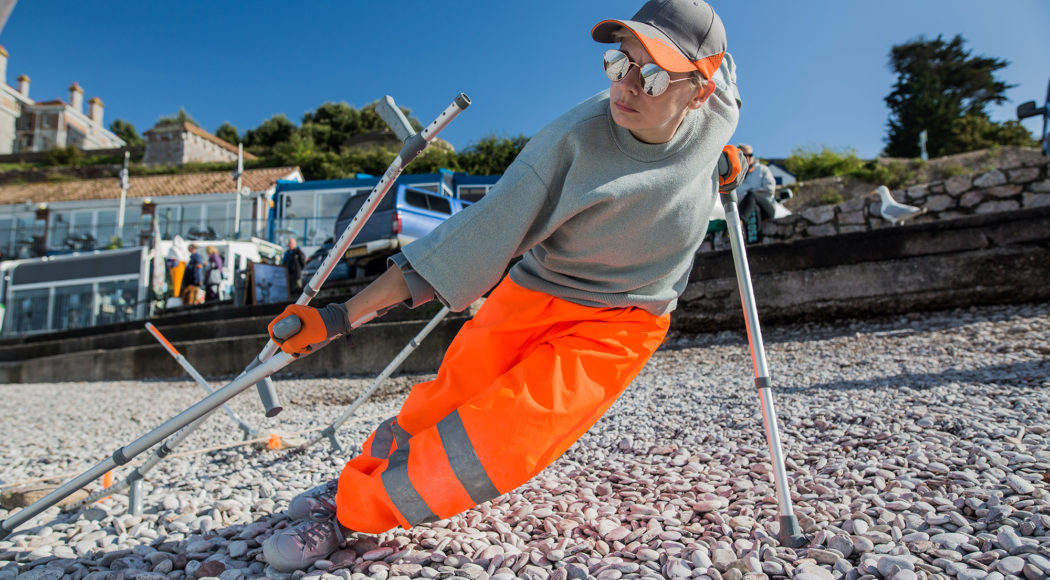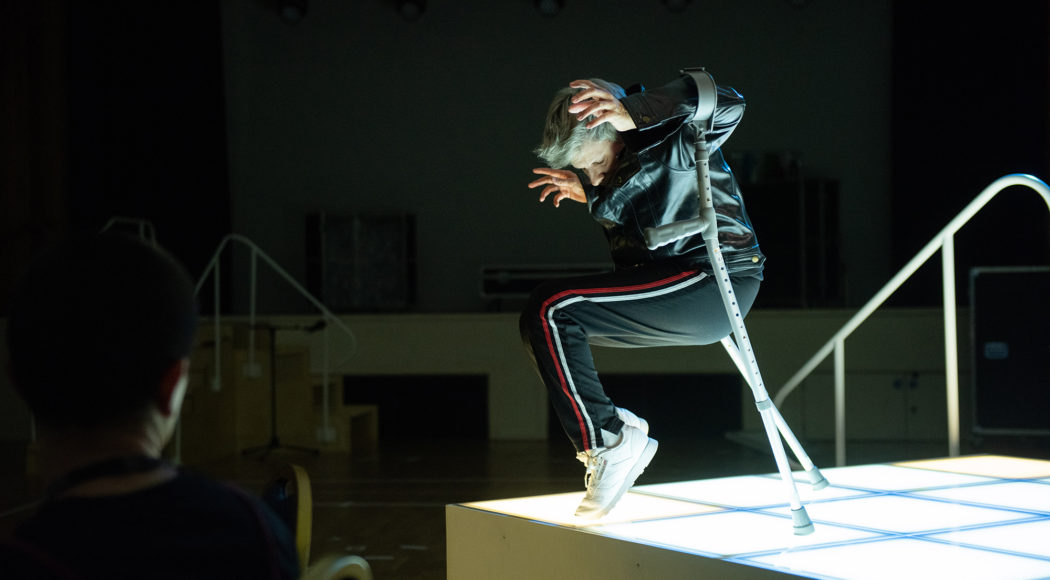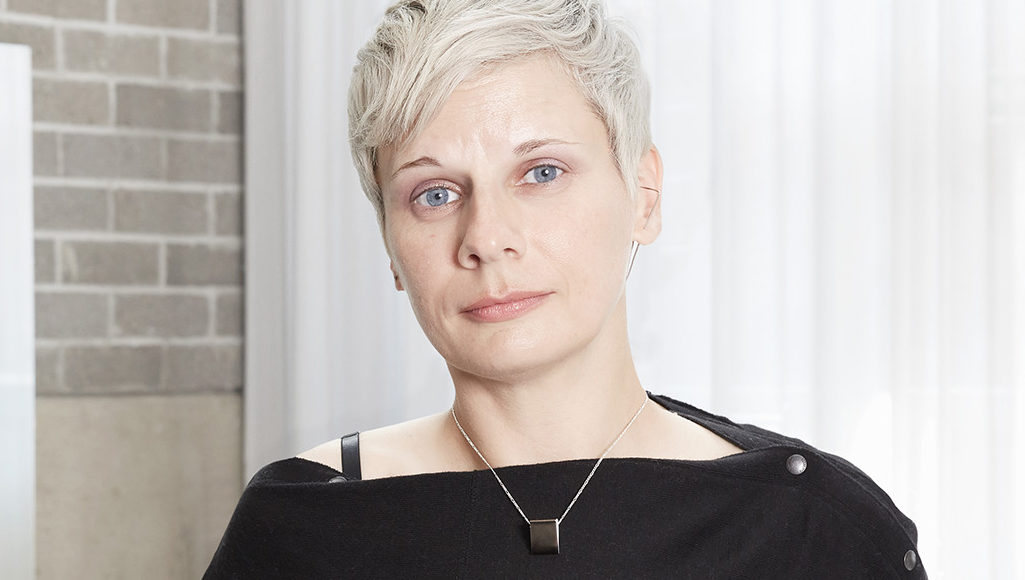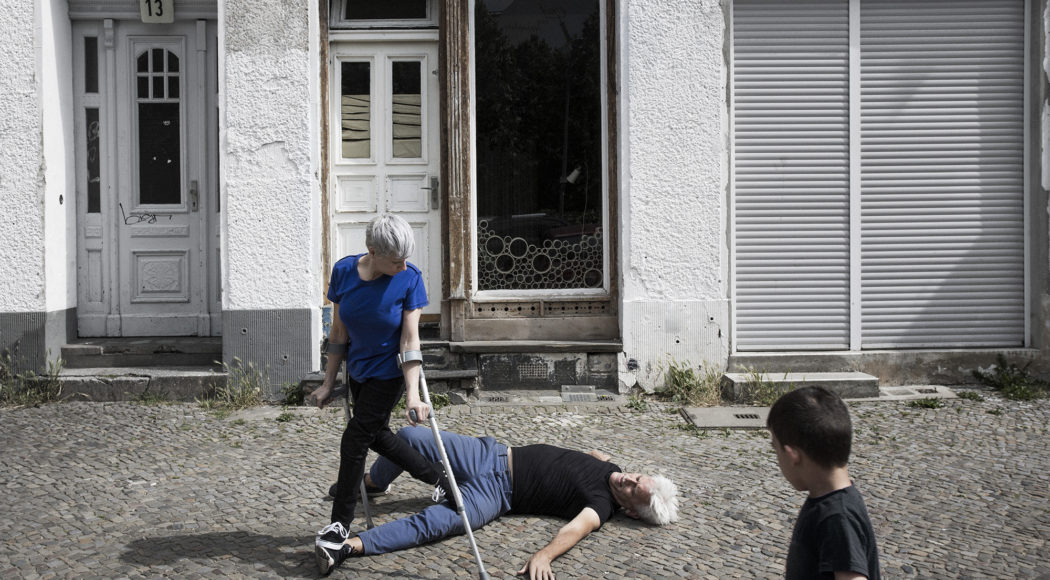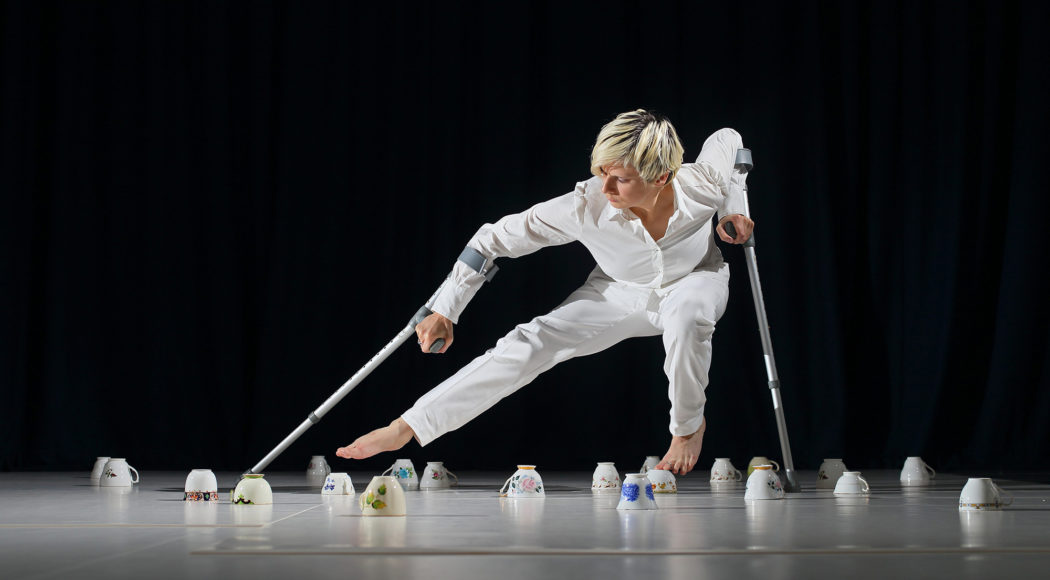Care and Responsibility
Claire Cunningham
Choreographer and performance maker Claire Cunningham shares their thinking around issues of care and responsibility in performance; extending from the care of collaborators and material, to questions of place and most importantly, of audience. Cunningham shares how their own lived experience of disability alongside learning from Disabled, Crip and Queer communities creates a deep-seated sense of responsibility to the audience, and explains how this manifests in their processes and productions.
The event will take place via Zoom and in English.
If you would like to make use of translation into DGS, please contact bovermann@hellerau.org or + 49 351 264 62 85 by 9.12.21.
To participate, you must download the Zoom software, agree to its privacy policy and thus to the transfer of your data to the USA. We are using Zoom because, to our knowledge, it is currently the platform with the lowest barriers to entry for a diverse group.
Cunningham will share their thoughts on the subject for the first half of the session, opening up the session to a group discussion in the second half. The session will consider questions such as:
- How might we hold respect for the work of being an audience member?
- How do we, as makers, examine the time, energy, work and trust that the role of audience member demands? (Before, during and after our performances)
- How do we value and consider well in advance the presence of our audience in the making of a work?
- How do we ensure an audience’s presence is not taken for granted?
- Who are we projecting as our audience and who is absent in this imagining? Why?
- How do we hold responsibility for our audience’s experience, safety and agency?
- Where is the line between maker and venue?
- Is responsibility for audience perhaps a new consideration for many makers because of the pandemic?
- How might we learn from and recognise those already practiced in these strategies pre-pandemic?
- How can a practice of care and responsibility be understood not as necessitating a compromise in artistic quality or risk taking, but rather an approach requiring more imagination and a widening of potential for a work?


